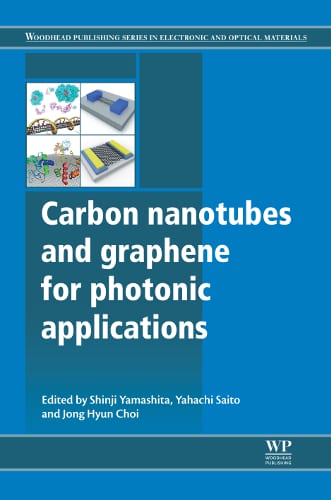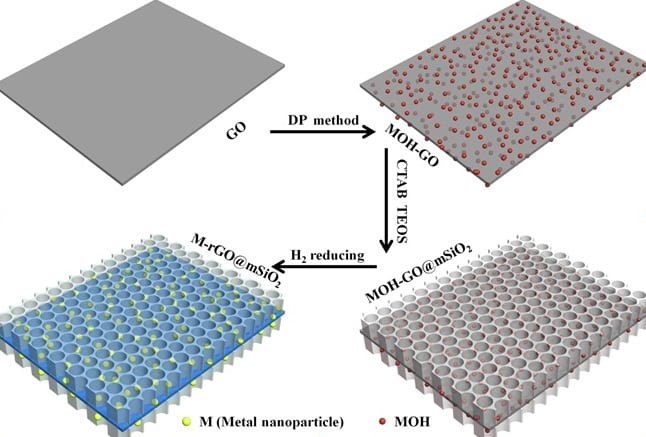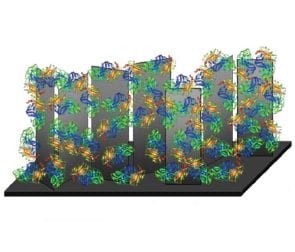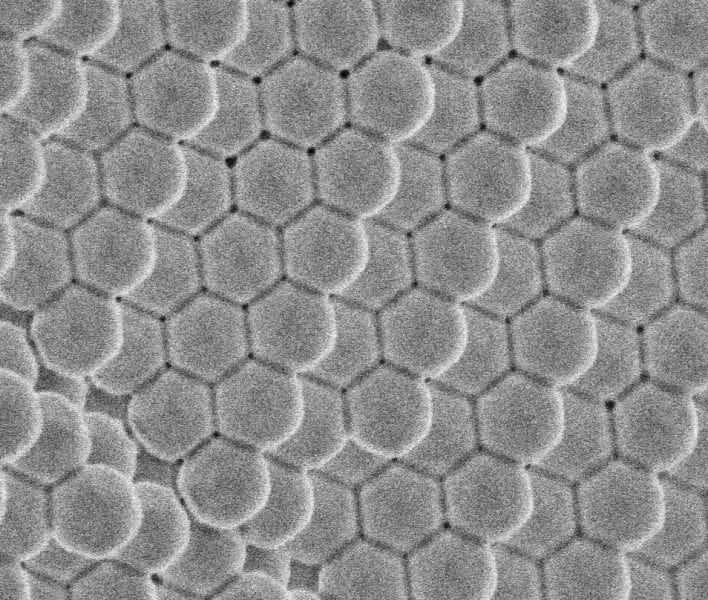Researchers from MPI Mainz have succeeded in producing remarkably long, structurally well-defined and liquid-phase-processable graphene nanoribbons.

Book review: Carbon nanotubes and graphene for photonic applications
Mildred Dresselhaus reviews Carbon nanotubes and graphene for photonic applications, released this year by Woodhead Publishing.

A robust graphene-supported catalyst
A mesoporous structure is employed to improve the stability of a graphene-supported catalyst.
Monolayer molybdenum disulfide mechanical resonators
New monolayer material has great potential for future nanoelectromechanical devices as it combines excellent mechanical and electrical properties.

Book Review: Nanotechnology for the Energy Challenge
Professor Nazario Martín, University Complutense of Madrid and IMDEA-Nanoscience, reviews the second edition of this book, edited by Javier García-Martínez.

Quick as you like: Carbon nanosheets allow direct electron transfer in biofuel cells
A high performance laccase-based biofuel cell cathode is developed using carbon nanosheets as the catalyst support and buckypaper as the substrate electrode.
Boosting the interaction of light and metal nanoparticles
Subwavelength metal nanoparticles with separation on the order of one wavelength can form a plasmonic mode that enhances absorption and scattering of light.
Custom nanoscale surface properties on demand
Researchers from The University of Melbourne have developed a novel and efficient route to build nanoscale cross-linked films on surfaces.

Nanometer-scale tuning of photonic crystals
New approach enables precision-tuning of the optical properties of photonic crystals on the nanometer scale.
Combining nanotechnology to better image human tissue
Researchs show that combining nanoparticles and DNA nanotechnology can amplify the signal obtained from imaging the extracellular matrix.










